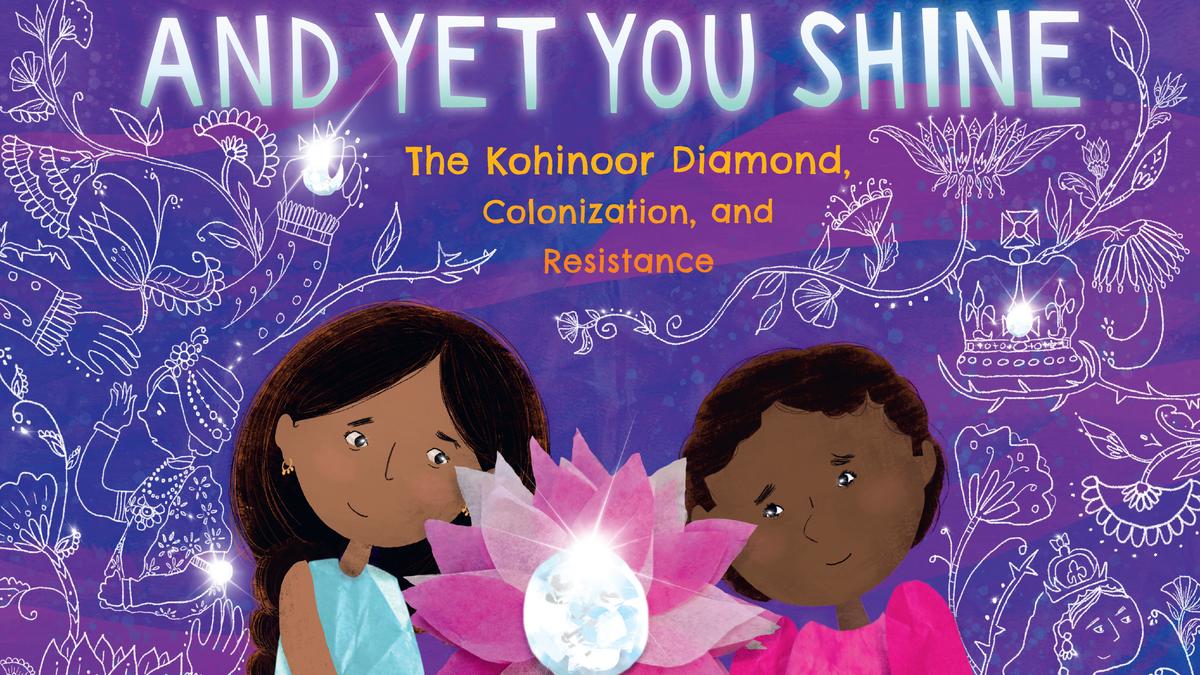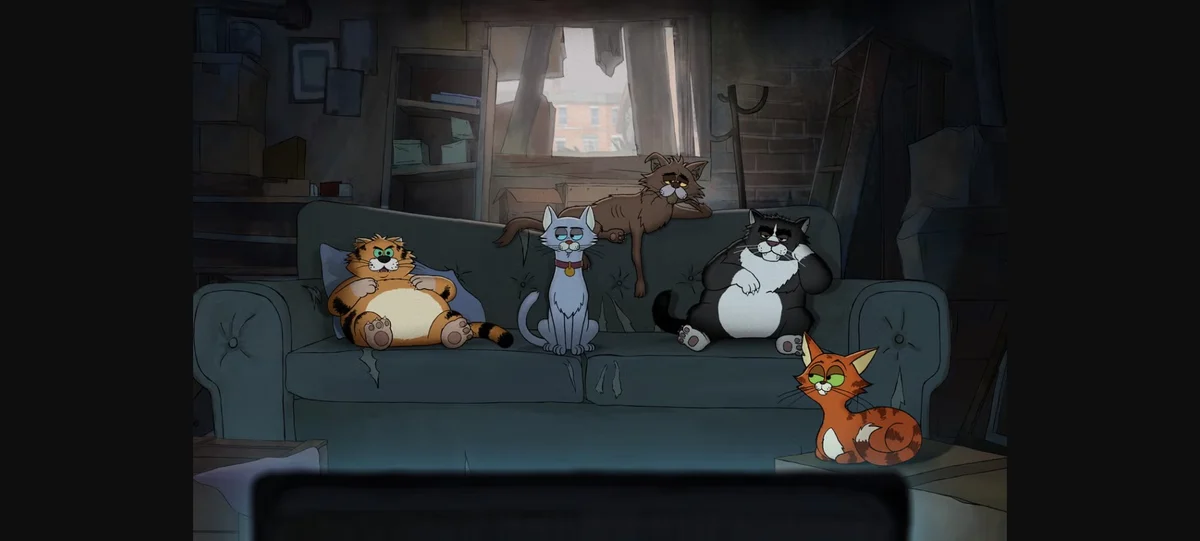By Supriya Kelkar
Copyright thehindu

Do you remember the first time you heard about the Koh-i-Noor, that magnificent diamond stolen out of India and now hidden away in the Tower of London with other crown jewels? Its origins and tumultuous journey are not recounted as often as its current resting place, where it often sparks debate on the lawfulness of its domicile.
Now, a children’s book by Supriya Kelkar titled, And Yet You Shine not only traces the journey of the Koh-i-Noor, but also imparts life lessons on topics such as identity, decolonisation and of course, history, told in a manner that will evoke curiosity and a sense of pride in young minds.
“Reading a section at the end of one of my books (Strong As Fire, Fierce As Flame) on the stolen gems of India and South Asia, got me thinking about the Koh-i-Noor,” says Supriya, over phone from her home in Michigan, in the United States. “I realised this diamond is the story of a people, and everything that happened to it, has also happened to us and to our ancestors; we are all tied to this story.”
The simply told tale in second person traces the journey of the stone from its humble origins to its current resting place. “It was a subconscious decision; by writing in second person, I could build a strong connection between us and and this inanimate object,” she adds.
Supriya has also illustrated the book, using fabric, papers and jewellery in a collage. ”Anytime you see an animal in the book, it is not realistic looking as I have used different forms of Indian folk art which survived Industrialisation and colonial taxation.”
True enough, the camels, fish, goats and peacocks are block prints, the elephants are Madhubani and the horses, pichwai. Supriya says her use of these art forms was deliberate. “These are dying art forms and I wanted to honour the legacy of these artisans and the art that survived colonisation. Their endurance is a form of resistance.”
At the end of the book, Supriya has added easy-to-understand ways one can “decolonise” in simple aspects such as clothes and language. “Eurocentric standards of beauty and culture are quite deeply ingrained in us. I wanted readers of all ages to understand our history and realise the way we are is just as great as any other nationality.”
“I hope this creates dialogue between parents, caregivers and children, between older siblings and younger ones, or whoever reads the book.”
Supriya’s story
That dialogue or frame of reference was missing when she was younger, Supriya says. “In the ‘80s and ‘90s, there was no representation for Indians in any form of media in America, except for a few racist cartoon depictions. We got made fun of and racially bullied daily.”
“As a child, I would never touch the brown crayon because it seemed everyone who was valued had blonde hair and white skin, and did not look like me. It took a long time for me to unlearn that.
“I believe it is important for South Asian children to see themselves in a book and realise how much they matter. When we read about people from backgrounds that different from ours, our empathy grows, and we are able to see everybody for who they are. This is what guides me in my work — representation and telling our story,” she says.
Supriya adds that is also the reason for the refrain ‘Oh how you shine’ that keeps popping up in the book. “I want readers of all ages to know they matter. The tissue paper flower on the cover is a metaphor. When things are going badly, it wilts and it sheds a petal. At the end of the book, it is seen in full bloom; a reminder to all not to forget to shine.”
Published by Scholastic And Yet You Shine by Supriya Kelkar is available online and in bookstores.



